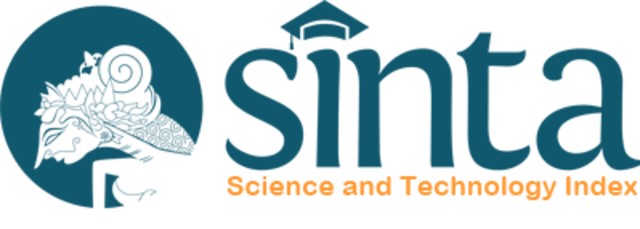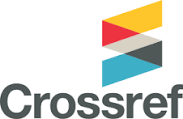Prospek Usaha Pembuatan Arang Tempurung Kelapa (Studi kasus UD. Beringin Jaya)
Abstract
A coconut plant has a comparatively competitive advantage compared to other estate commodities due to its highly competitive advantage of each part of this plant for human lives. One example is a coconut industry that performs processing of husk, hard shell, coconut meat, and coconut liquid (horizontal diversity) and further processing of other parts into various products, either as raw materials or other supplementary materials for other industries (vertical diversity). One of the products from the hard shell with its vertical diversity, which has high economic value, is the processing of hard shell into charcoal, which is the raw material for industries of active coal for export. This study aims to evaluate the prospect of the coconut coal production business and identify necessary information required for the business development. All the information regarding the data of this study was analyzed by Strength, Weaknesses, Opportunities and Threats (SWOT) and feasibility aspect by using Net Present Value (NPV), Internal Rate of Return (IRR), Break Event Point (BEP), Payback Period (PBP) and Benefit Cost Ratio (B/C). The results of the study show that the operation of 3-6 processing units to produce coconut charcoal was considered prospective and feasible, as it was shown by its NPV of IDR 259,675,377, IRR of 99.3%-105.0%, BEP of 461,01 kg – 651,42, 1 year PBP and B/C Ratio of 3.14 – 3.42. Another aspect is that the availability of coconut charcoal production unit such as the of Beringin Jaya, doing business in this line, although located in an isolated area, can offer job opportunities for the local people.
Downloads
References
Awang, S.A. 1991. Kelapa, Kajian Sosial Ekonomi. Aditya Media, Yogyakarta.
Barlina, R., G.H.. Joseph, M.M.M. Rumokoi, Kembuan dan A. Lay. 1989. Peningkatan Nilai Tambah Hasil Minyak Kelapa melalui Teknologi Pengolahan dan Diversifikasi. Prosiding Simposium I Hasil Penelitian dan Pengembangan Tanaman Industri, Buku II. Pusat Penelitian dan Pengembangan Tanaman Industri, Bogor.
BI. 2001. Buletin Pola Pembiayaan Bank Indonesia, Jakarta.
BPS. 2002. Statistika Indonesia 2002. Badan Pusat Statistik, Jakarta.
Jacob, M.B. 1949. The Chemical Analysis of Food and Food Product D.Van Nostrand Co. Inc., New York.
Kadariah, L. Karlina dan C. Gray. 1999. Pengantar Evaluasi Proyek. Lembaga Penerbit Fakultas Ekonomi Universitas Indonesia, Jakarta.
Mulyadi. 1993. Akuntansi Manajemen. BAgian Penerbitan Sekolah Tinggi Ilmu Ekonomi Yayasan Keluarga Pahlawan Negara, Yogyakarta.
Rangkuti, F. 2003. Analisis SWOT Teknik Membedah kasus Bisnsi. PT. Gramedia Pustaka Utama, Jakarta.
Riyanto, B. 1995. Dasar-Dasar Pembelanjaan Perusahaan. Badan Penerbit Fakultas Ekonomi, Yogyakarta.
Said, E.G., Rachmayanti dan M.Z. Muttaqin. 2001. Manajemen Teknologi Agribisnis Kunci Menuju Daya Saing Global Produk Agribisnis. PT. Ghalila Indonesia dengan MMA IPB, Bogor.
Sinambela, P.,D. Siwu, Rorielohoo, D. Hartarto dan Silangen. 1983. Pengembangan Pembuatan Arang Tempurung di Sulawesi Utara. Balai Penelitian dan Pengembangan Industri, Manado.
Soeharto, I. 1995. Manajemen Proyek dari Konseptual sampai Operasional. Erlangga, Surabaya.
Suratman. 2001. Studi Kelayakan Proyek Teknik dan Prosedur Penyusunan Laporan. J & J Learning, Yogyakarta.











